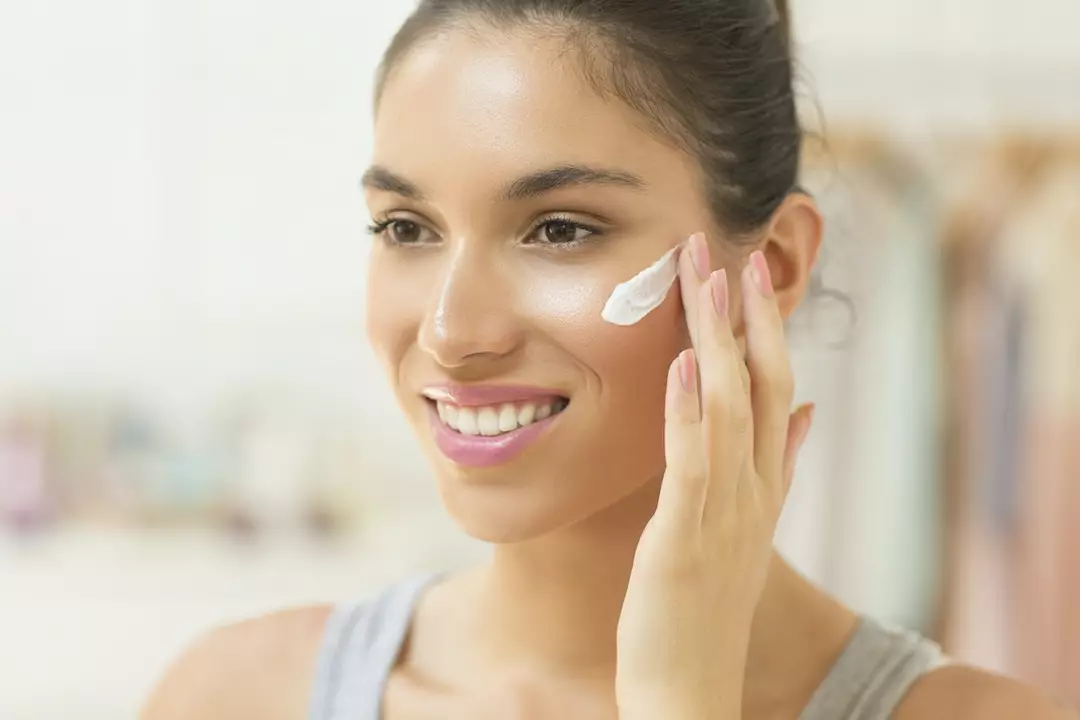Prevent Skin Pain: Practical Tips to Keep Your Skin Comfortable
Skin pain can range from a tight, itchy sting to sharp burning. You can do a lot at home to stop pain before it starts. These steps help whether your skin is dry, sunburned, irritated, or recovering from a rash.
First, check what’s causing the pain. Dry skin and contact dermatitis are common—usually from heat, harsh soap, laundry detergent, or a new cream. Infections, sunburn, insect bites, shingles, and nerve pain also hurt skin. If pain follows a new product or exposure, stop that product and treat gently.
Daily habits that prevent skin pain
Use a gentle, fragrance-free cleanser and wash with lukewarm water. Hot showers strip oils and make skin tight. Pat skin dry instead of rubbing. Apply a thick, fragrance-free moisturizer while skin is still damp—look for ceramides, glycerin, or petrolatum. Moisturize twice daily on dry patches.
Wear soft, breathable fabrics like cotton and avoid scratchy wool next to the skin. Choose hypoallergenic laundry detergent and rinse clothes thoroughly. Protect skin from sun with SPF 30+ sunscreen and protective clothing. For sweat-prone areas, change damp clothes quickly to prevent chafing and irritation.
Quick fixes and spot treatments
For sudden pain, cool compresses or a cool shower can calm burning. Over-the-counter hydrocortisone 1% cream helps allergic rashes and itching for short periods—use as directed. For painful blisters or shingles, cover gently and seek medical advice quickly. Lidocaine 4% patches can numb small painful areas—check with a pharmacist first.
If you have chronic conditions like eczema, psoriasis, or diabetes, follow your treatment plan and keep skin moisturized. For diabetic neuropathy that makes skin feel painful, tight glucose control and talking to your doctor about nerve pain treatments can help. Avoid scratching; trim nails and use light clothing at night.
Patch-test any new skincare or topical medicine on a small area of forearm for 48 hours before full use. That catches allergic reactions early. Skip alcohol-based toners and astringents if your skin is sensitive—these sting and dry the skin.
Be cautious with children and pregnant people: check labels and ask a doctor before using medicated creams or lidocaine. For adults, short courses of OTC painkillers like acetaminophen or ibuprofen can ease pain, but follow dosing rules and avoid mixing medications without advice.
Stay hydrated and eat a balanced diet with omega-3s and vitamins A, C, and E to support skin repair. Quit smoking—smoking reduces skin blood flow and slows healing. Manage stress; stress can trigger flares in eczema and psoriasis.
When to see a doctor: worsening pain, spreading redness, fever, pus, large blisters, or pain that won’t ease with home care. Also get help for new, severe pain or pain with numbness or weakness—those need quick evaluation.
Small changes make a big difference. Gentle care, smart product choices, and early action stop most skin pain from starting or getting worse. If you’re unsure, a quick visit to your pharmacist or primary care provider clears up the next best step today safely.

